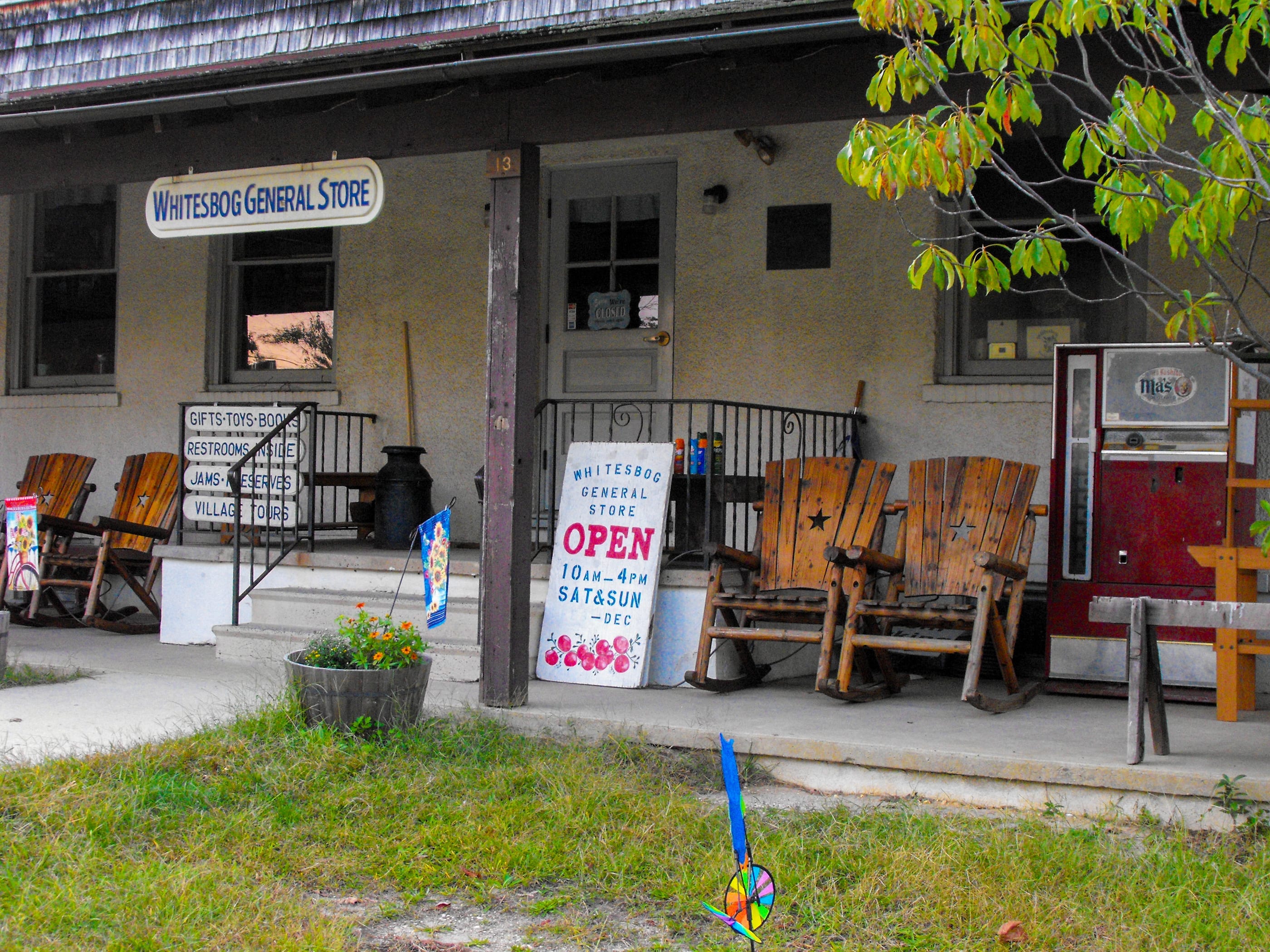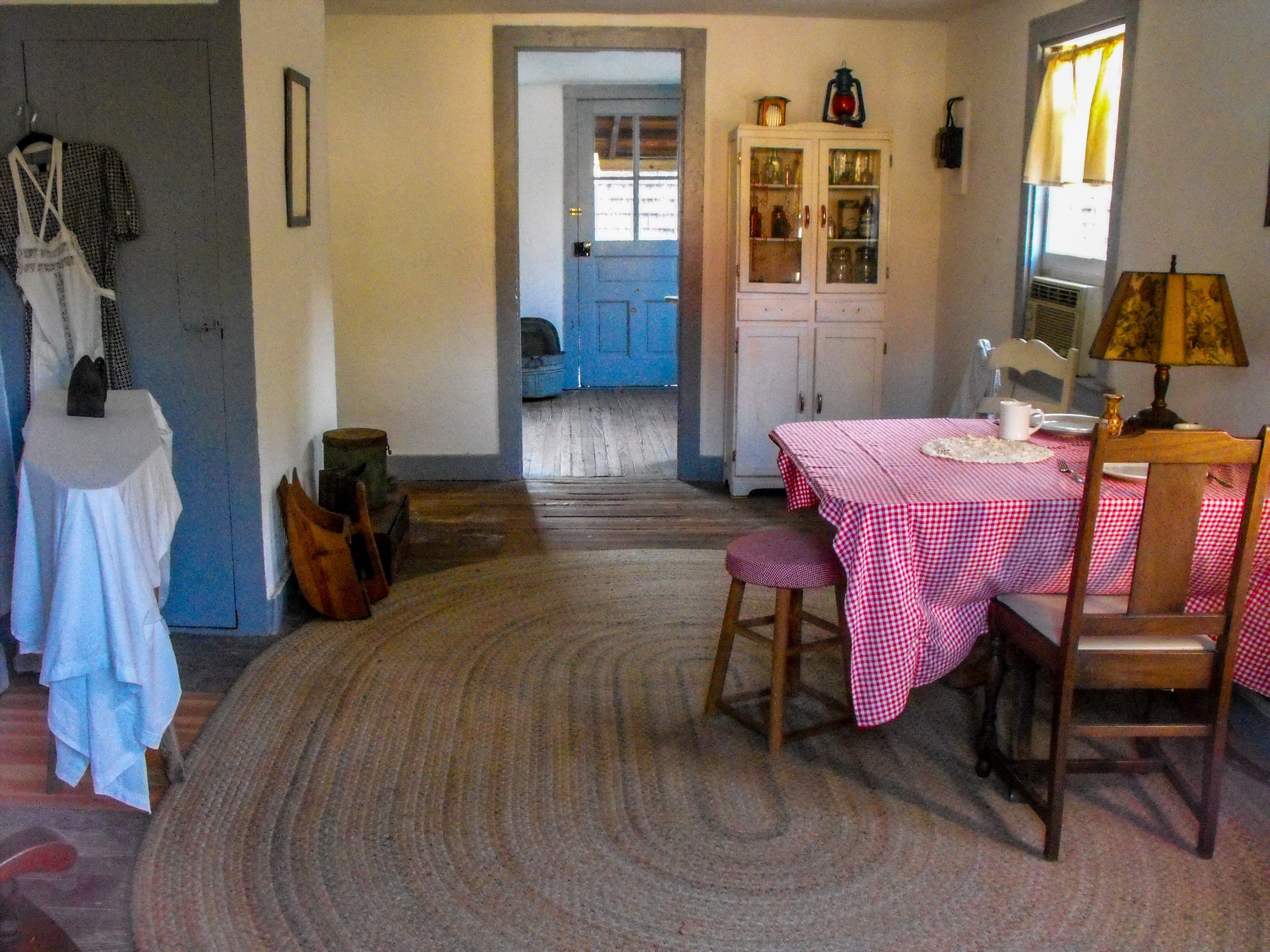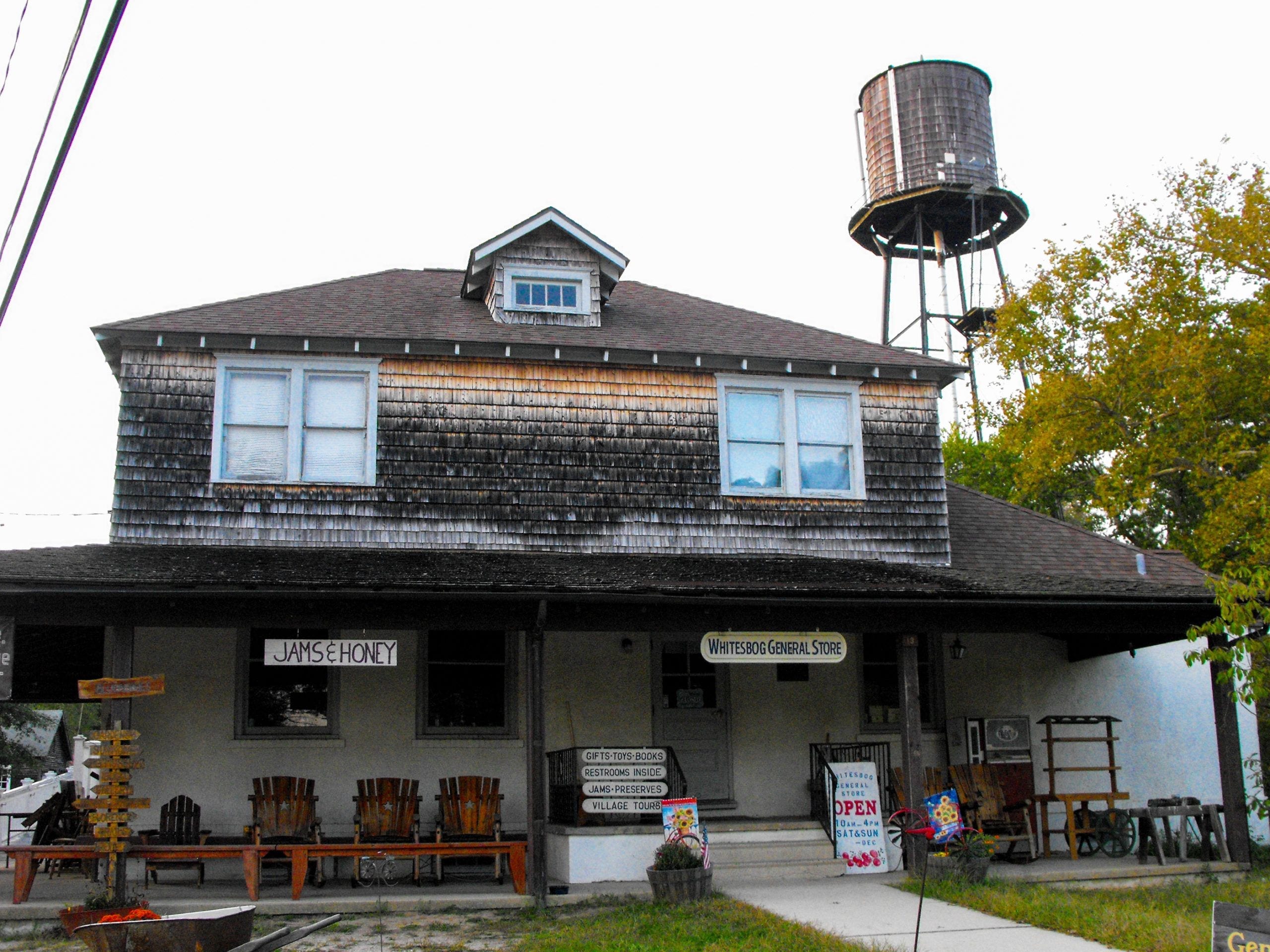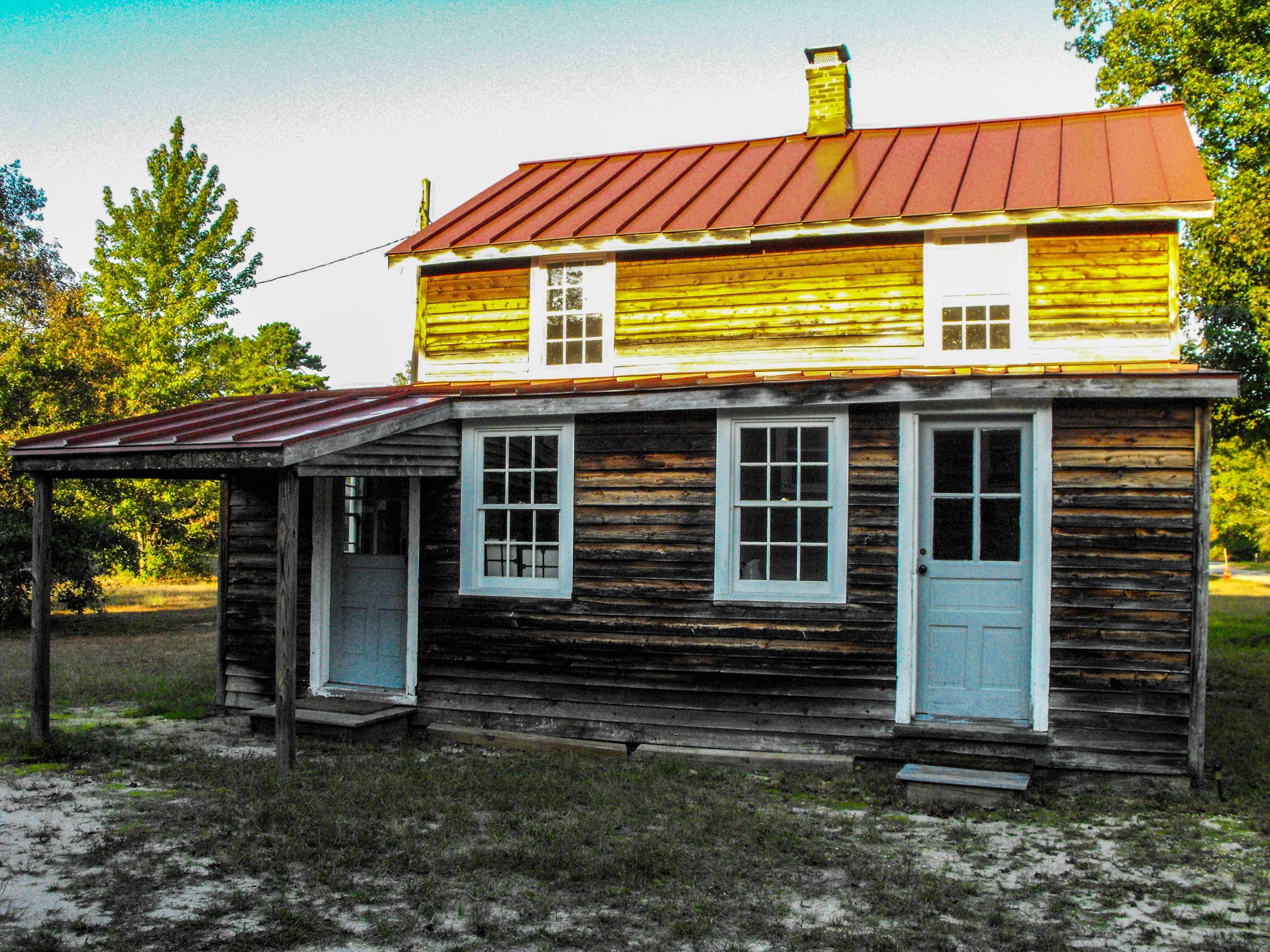The history of Whitesbog Village dates back to the 19th century, as the iron furnace industry was booming. Unfortunately, these furnaces had disastrous effects on areas like the Pine Barrens, where Whitesbog is found. Knowing this, local farmer James A. Fenwick bought ~500 acres of land in the Browns Mills section of Burlington County.
Using this land, he began growing cranberries. Little did he know, his historic actions would become worthy of inclusion in our Jersey Through History series.
More from Best of NJ
Within a decade, Fenwick’s efforts were extremely successful, and a cranberry boom was underway. When he died in 1882, his son-in-law, Joseph J. White, took over the cranberry business. White then set out to acquire the surrounding properties, using them to farm cranberries as well. His oldest daughter — and soon-to-be local legend — Elizabeth, began her career at Whitesbog in 1893. While helping her father with the family cranberry operation, Elizabeth had the idea to cultivate blueberries. She chose the land in between the bogs to begin this endeavor.
In truth, Elizabeth was not the first in the area to have this idea; a number of other New Jersey farmers made attempts to grow blueberries previously, though all would fail. Many began to accept that blueberries just couldn’t grow in large quantities in New Jersey. But by 1910, Elizabeth and her father were experimenting with blueberry cultivation. Six years later, the Whites were producing blueberry plants ready for sale. As a result, Whitesbog became known as the birthplace of the highbush blueberry. At its peak, the operation could produce 90 acres of blueberries.

It Takes a (Whitesbog) Village
What is known as Whitesbog Village today was once a typical company town. The buildings were home to Elizabeth and her family as well as the operation’s workers. In addition to cranberry processing facilities, the village had several other functioning services; for example, Whitesbog had a general store (still in operation today), a post office, and a schoolhouse. Many of the structures are still standing today, including the workers’ cottages, the Barrel Factory and even the water tower.
Though many permanent employees took up residence in Whitesbog Village, the operation brought on extra employees during the harvest seasons. Most of these employees were Italian immigrants from Philadelphia. But with the steady improvement of technology and harvesting methods each year, Whitesbog would eventually require fewer employees.
In 1967, the New Jersey Department of Environmental Protection (NJDEP) bought the property from the J.J. White Company; afterward, the village became part of the Brendan T. Byrne State Forest (formerly Lebanon State Forest). Presently, the NJDEP’s Division of Parks and Forestry is responsible for administering the land.

Jersey Through History: The Village Today
The Whitesbog Preservation Trust currently leases the property from the NJDEP. The goal of this non-profit organization is to preserve the historic land. The Trust restores, protects, and enhances the sites and buildings; their ultimate goal is to provide educational programs about the history, culture and environment that makes Whitesbog a historical landmark.
The property and village are both on the National and State Registers of Historic Sites. This also protects the surrounding 3,000 acres of cranberry bogs, blueberry fields, reservoirs, sugar sand roads and Pine Barrens.

Whitesbog Village attracts the most visitors during cranberry season. Every weekend in October, visitors can take part in tours of the cranberry bogs throughout the Pine Barrens. Village tours are available on the first Saturday of every month at 1:00 pm. Whitesbog also features live performances in its Barrel Factory; these shows help raise money to build as well as maintain a performing arts stage on the grounds.
Following the fall harvest, Whitesbog offers a popular winter celebration and tour, as well as a summer Blueberry Festival. Of course, for more info about upcoming events, or to learn more about Whitesbog Village, visit their website.
Want to continue your journey through New Jersey’s most historic sites? You can now visit Jersey Through History: The Complete Series.






All Photos: © Patrick Lombardi / Best of NJ












